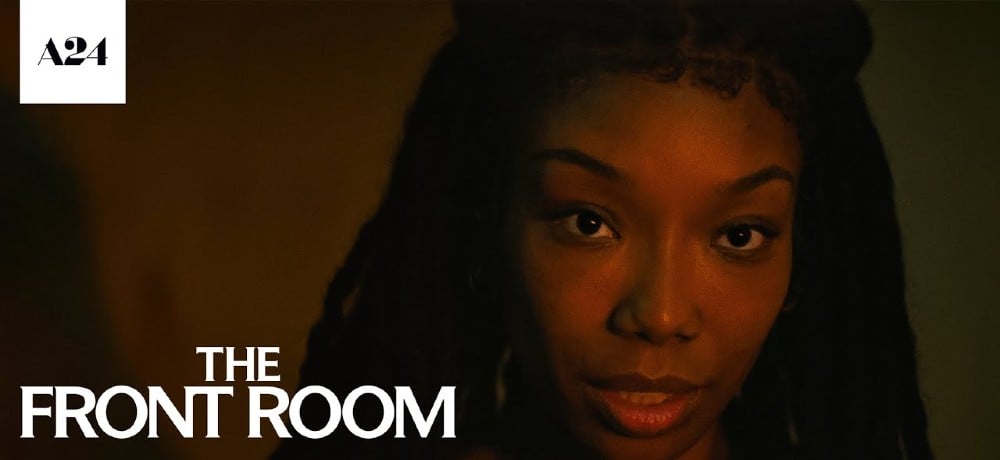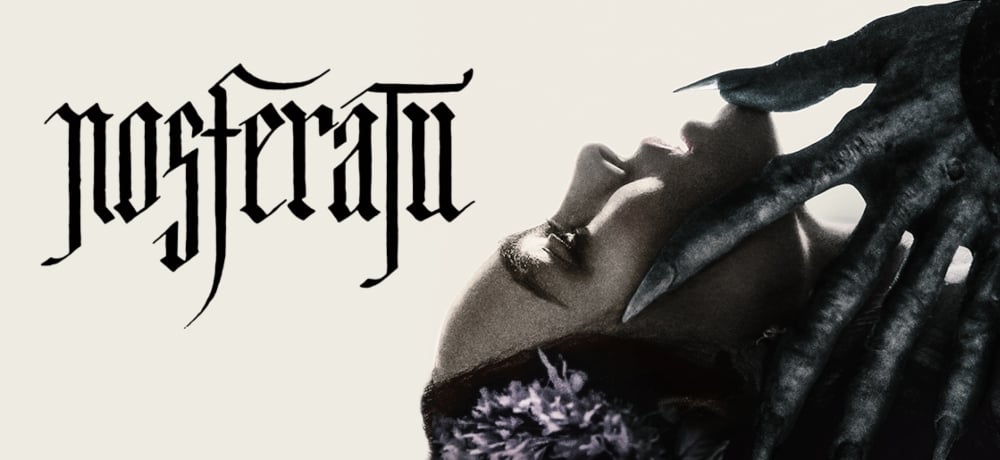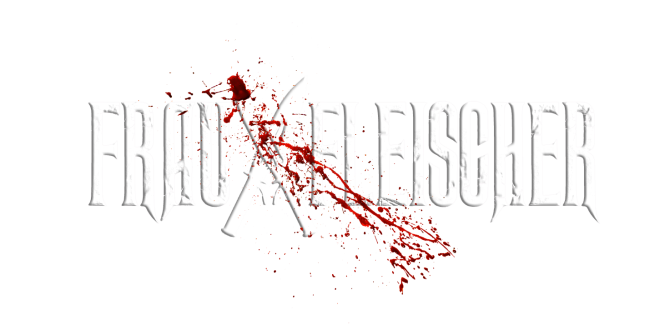Interview: Sam & Max Eggers Discuss the Source Material, Cast, and Filming of THE FRONT ROOM


Coming to theaters on September 6th from A24, I had a chance to talk with Sam & Max Eggers about The Front Room, their new horror film that stars Brandy, Andrew Burnap, and Kathryn Hunter. From their personal connection to the source material, to working with the cast, and balancing humor and horror, read on to learn more about their experience making The Front Room:
The Front Room is based on the short story from Susan Hill. What about the story resonated with you two so much that you wanted to write and direct the film?
Max Eggers: We’ve been fans of Susan Hill forever. The Woman in Black is just incredible. We were brought the story by our producers, and it’s a really great short story that was so resonant to us. When we read it, we had taken care of our grandfather and [his health had] declined, so we knew exactly how we wanted to adapt in, because we could inject our personal story into it.
It definitely works on so many different levels. And being someone who’s been a caregiver as well recently, it definitely hit home. Can you talk about that process and how you ended up landing on Brandy, Kathryn Hunter, and Andrew Burnap?
Max Eggers: We were blessed that they were willing to do it. Without everybody in the film, but Brandy and Kathryn specifically, the film wouldn’t be what it was. We were so lucky.
Sam Eggers: I don’t know if you could say we had difficulty casting it, but people were afraid of it. Specifically when it comes to Solange, we went out to a lot of people and the reaction from certain agents would be like, “You want my client to do WHAT on camera? Are you joking?”
The studio was working with Kathryn on Joel Coen’s Macbeth. We knew of Kathryn , of course, from other work that we’d seen, but then when we saw her on the screen as the witches in Macbeth, we were like, “That is Solange, if we are so lucky.”
We sent her the script and she got [what we were trying to do]. In talking with her, she’s very into talking about the dark side of life and confronting that and, of course, she’s also a very physical performer. So I think the idea of being on those two canes and having this accent was something that she really could sink her teeth into. We were very, very, very lucky that she was willing to go through what we asked of her.
In fact, she would often ask for more. There are many scenes where she’s covered in stuff, and she would literally stand there and be, “Put more on me. I need to have more. This has to be more.” I think that’s rare for someone who can be so open as a performer.
As horrific or as shocking as some of the film is, there’s also quite a bit of humor injected into it. What was your approach to balancing the humor and the horror of the story?
Max Eggers: First of all, the truth of the matter of taking care of somebody, for us, was that things are often scary and hilarious. Or at least when you open a door, it could be either [everything’s okay] or something completely bizarre. From the get-go when we were adapting Susan Hill’s story, which is really terrifying, we really wanted to inject the surreal and the bizarre into it because that’s what it was for us.
And I would say, filmically, of course [we looked to] Rosemary’s Baby, which is terrifying, but in some ways kind of funny. Whatever Happened to Baby Jane? was a big film that we talked about because it skirts the genre successfully. It’s so uncomfortable and it’s funny, but it’s also grotesque and sad. There’s real pathos in the characters, and it’s also full of tense moments. [Those two films] were guiding lights for us as far as tone.
And especially when you have somebody like Catherine and somebody like Brandy who’s willing to do anything, they just had such great chemistry. When you have those two, they turned it up to 11. We scripted things, but they just shined and made it so much bigger than we expected.
Kathryn Hunter is definitely this force that runs through the film, but equally powerful and grounding everything in reality is Brandy. Her character, Belinda, is the one that has to experience all of these terrible things, and Brand is really able to anchor this film in reality and make the audience feel bad for her after everything that’s gone on. Can you talk about working with Brandy on-set?
Sam Eggers: I think they inspired each other and they definitely inspired us. You need the heart of the film and that’s Brandy. You need someone that you can look at and relate root for while all of this is happening. Because when you’re going through this, we wanted a Cinderella and she is our Cinderella to go against the wickedest of stepmothers.
We would do a [shocking] scene and Kathryn would turn to Brandy and be like, “I’m so sorry. Please forgive me for doing this to you. This is not who I am at all,” and then we would go back to doing it. They loved each other so much and I think they would endlessly inspire each other on set.
Max Eggers: It wouldn’t be possible to have done the things we asked of both of them if they didn’t love each other and support each other. Both of them were inspired by each other, like Sam said. We were so blessed because you never know, especially when you’re filming during COVID, what the chemistry is going to be like. We knew on the Zoom when they all met as a family that there was great chemistry. They just made each other better every single day and were a joy to work with.
Sam Eggers: Everybody had personal connections and when you’re doing a film like this, and especially with a role like Belinda, she’s in every single scene, nearly every single shot. It’s a lot to take on. Without Brandy being so committed and so in touch with what Belinda was going through, it wouldn’t have worked and she does such an incredible job.
The home feels like a character that also goes through a “transformation” over the course of the film. The set is like a living, organic thing of its own. What was the process for finding and decorating the house?
Sam Eggers: Again, we got very lucky up to the last second. We were looking for a house that we could shoot in, and we found this abandoned house that hadn’t been opened for two years. Our location manager was like, “I don’t know if this is going to work. It’s pretty decrepit.” But we went in there and it was perfect.
Max often likes to say that the place looked like Bergman’s The Shining, because when you went in there, there was furry wallpaper. It had a front room that was black and white wallpaper of dancing people.
Max Eggers: With blood red carpet. It was so strange. But it was perfect for what we needed. The layout was right, and it just had this vibe. And then our production designer, Mary Lena Colston is incredible and our cinematographer, Ava Berkofsky, they’re amazing and were able to work together to affect, as you said, this living thing.
One of the greatest things that Mary did for us is the dining room. That one changes quite a lot. Mary called it the menstruation room because she put this wallpaper that’s blood red that’s ripped sort of like a womb. It really was that thing we were very interested in using the mise-en-scene in a theatrical way to tell the story. I’m just really glad you keyed into it because just all the credit goes to Eve and Mary and their crews for making that a palpable and effective story.
Sam Eggers: When you take care of somebody, the house closes in, but also you start to not recognize it and you start to wonder about the uncanniness of it all. It was important for us to have each room have a distinct look, a distinct color, and not just for the audience’s sanity, but also to reflect what it’s really like to go through what Belinda’s going through.




